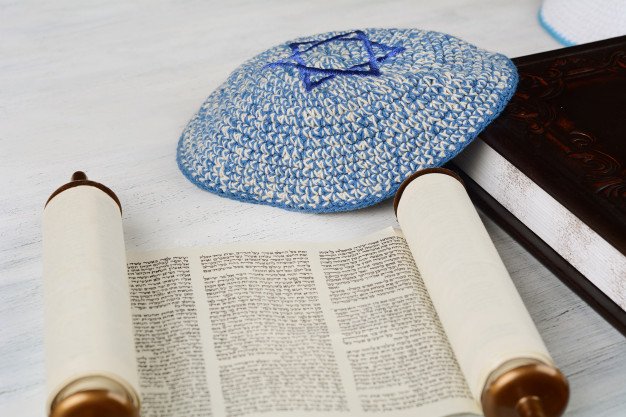Judaism is a religion that focuses much more on deeds of individuals, rather than beliefs. It’s also called a practice, rather than just a religion.
Since Judaism is a set of practices, many refer to it as a Way of Life. Those who aren’t familiar with Jewish believes and practices often don’t understand how everything works.
For those who are interested in learning more, they can find some helpful and enlightening information about this religion here. Keep reading to learn more.
Mitzvot: Religious Act or Commandment:
Since WWII, the population of American Jewish individuals has grown significantly. There’s also information about Jewish practices available at KehilatHaNahar.org; however, learning some basic or common principles first can be beneficial.
The practices of Judaism, especially when they are used as vehicles to connect to God, are officially called mitzvot. This is the plural of the mitzvah, which is a word more people are familiar with.
The word mitzvah actually means a religious act or commandment. It consists of both ethical acts and ritual, and they always follow the codifications of the principles outlined in the Torah.
There are some practices that are under the umbrella category minhag (custom). An example of this is wearing the head covering (yarmulke or kippah).
The most well-known mitzvot are the “Decalogue” or the “Ten Commandments.” The Bible never actually refers to these particularly as commandments. The thought behind this is because these are extremely fundamental and basic to the community.
The ten principles, when numbered based on Jewish tradition, actually differ a bit from the Christian numbering.
Ethical Behavior:
Ethical behavior principles that are elaborated by Jewish thinkers typically start with assumptions related to God along with the expectations God has for Jews, and generally human beings as a whole. This often makes it challenging to separate the quest for holiness from ethical behavior.
While this is true, the Jewish literary tradition offers several works that effectively explore these underlying principles of ethics and that provide detailed explorations of various interpersonal ethics.
Holiness:
Leviticus 18:2 calls on the children of Israel to be holy. The concept of kedushah (holiness) is considered a theological concept.
Specifically, it refers to the quest to live in a manner that brings individuals or that emulates the goal to contact the realm of the divine and the realm of existence that goes beyond what is considered verifiable and objective.
The actual act of living a life of kedushah is considered a practical matter. It means that ideals related to generating codes of behavior, divinity, and alignment are identified and used to bring individuals into harmony with those specific ideals. There are many Jewish thinkers that have provide many suggestions on how to accomplish this, which often goes beyond the “letter” of Jewish law.
Understanding the Jewish Religion:
As anyone can see, there is complicated concept within the Jewish religion that may take time and practice to fully understand. However, for those who live and practice this way of life, it isn’t complicated. In fact, they considerate second nature.
For those thinking about converting to Judaism, getting to know more about religion is important. It can help them better understand if this is something they agree with and believe that they can adhere to or follow now and in the future.
Read Also:






















